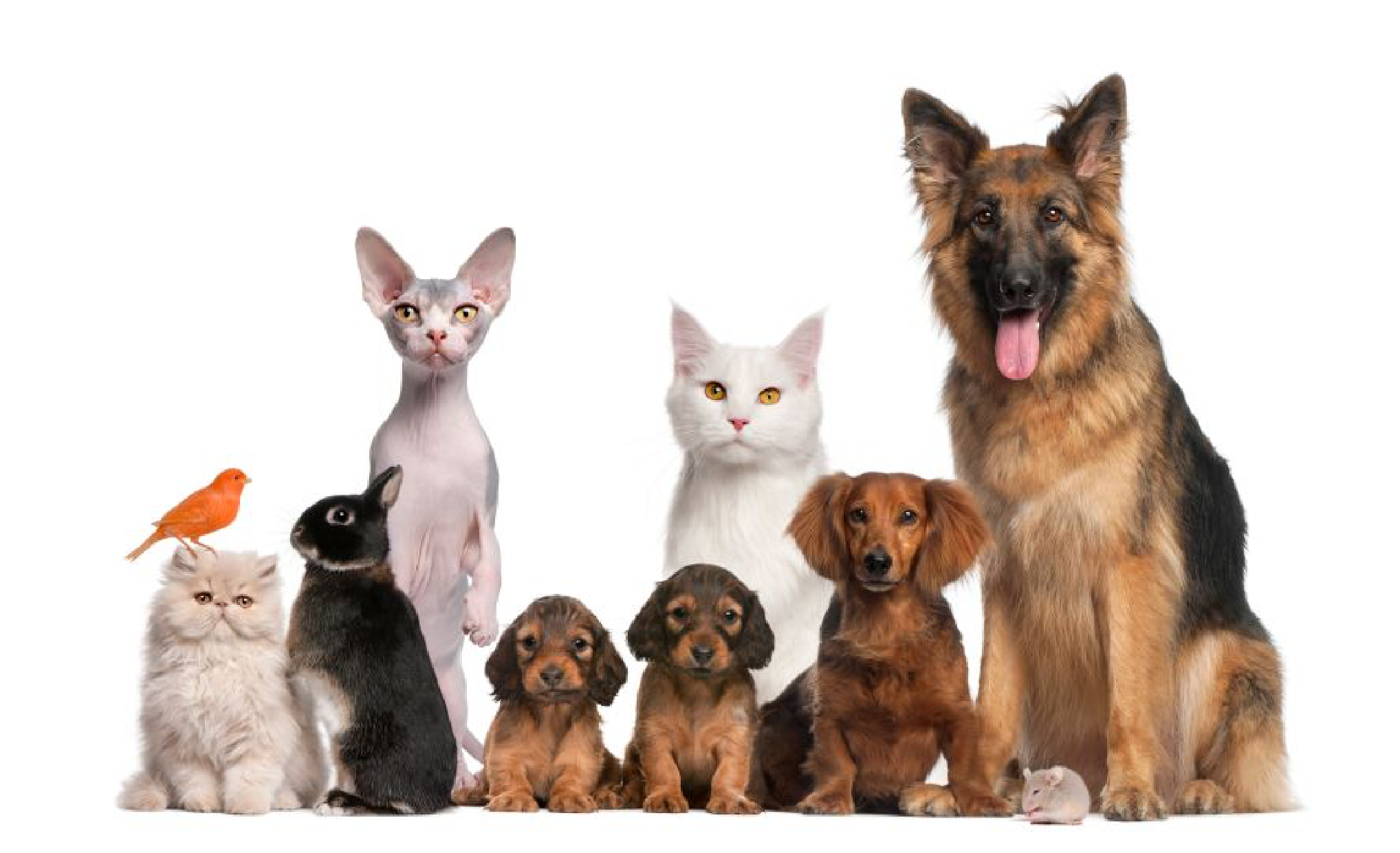
Top 10 most requested pet talents
Whether you’ve just taught your puppy how to sit or your cat can reach up and catch objects when you ask them to, there are lots of cute and funny pet tricks that you can teach your animal to perform.
At Urban Pets we are always on the lookout for talented animals who can be the next stars of TV, film and photography for adverts or social media. When performing on set, there are a few skills that are most commonly asked for from directors and photographers.
Here’s a rundown of the top 10 and how you can teach your pet to do them.
No.1 – Stay.
For cats and dogs, stay is a key skill that they’ll need to learn so they can work in front of a camera.

Start out by getting your pet to lie down for you, show them a clear hand sign, such as a ‘stop’ sign. Wait a few seconds while they’re lying down and give them the command ‘stay’. If your pet is still lying down after a few seconds, give them a reward. Practice this a few times in short sessions before trying it at different distances and in alternative locations.
No.2 – Go to mark.
Being able to move from one place to another on command is a useful skill if your pet is going to be working for film or TV. You can teach your pet to do this with the ‘place’ command. This is also helpful if you want your pet to go to its bed when you ask it to.
Use a treat to lure your pet where you want them to go and say the command in a clear voice. As soon as they reach their ‘place’, give them a reward and lots of praise. Repeat this a few times. You can advance this by moving into different rooms or training them to move to different ‘places’.
No.3 – Watch
Getting a pet to watch a point in the distance can be helpful if they’re planning on working in photography or film shoots. It’s also a useful command if your dog is easily distracted and you need them to stay focused on you in busy areas.

To teach them this, put a treat out to the side of you. As soon as your pet stops watching the treat and makes eye contact with you say ‘yes’ and give them the treat. Once they’ve got this, hold the treat out again and ask your pet to ‘watch me’, when they make eye contact with you again, give them the treat and lots of praise. Keep repeating this and extend the time they’re looking at you with each command.
No.4 – Walk.
Walking with an actor is a really useful skill for a pet to have if they’re working for film or TV. Start the training by putting your pet on a lead and standing still. As soon as they give you some attention, praise them and give them a treat.
No.5 – Sit.
Sit is one of the first commands you’re likely to teach your pet and is really useful in lots of settings, including at events or shoots. Get your pet to stand in front of you and bring a treat to their nose.

Bring the treat up and over their head so they naturally sit down. Say the command, praise them and give them the treat. Then repeat this a number of times until they respond to just the verbal command.
No.6 – Down.
Another key basic obedience command, down, can help your pet to settle in strange environments, such as on a set, at an event or on a photo shoot. When your pet is sitting down, show them a treat and bring it from their nose to the floor. Once they’re lying down, say the command, praise them and give them the treat.
After a few times, they should start to lie down when they’re given the voice command.
No.7 – Run.
Photographers or videographers may occasionally ask a pet to run towards them to get an active shot. Come is the command you can use to teach your pet to run towards you but is also useful for general recall so you can be confident your pet will always come back to you, whatever environment they’re in.

Using a treat or toy, run away from your pet for a few paces and say the command in an excited voice, encouraging them to run to you and rewarding them. Gradually increase the distance between you both until you can call them into the garden or another room. Then get another person to hold onto your pet’s collar while you call them over. Eventually, your pet should be able to react independently to this command.
No.8 – Speak.
You may think that getting pets to be quiet is the biggest challenge when on set, but getting them to ‘speak’ or make a noise on cue is just as important. Believe it or not, it also helps to keep pets quiet, as once they learn the command they’ll only speak when asked to.
To teach this, get them to make their cue noise naturally and repeat your chosen command in a clear voice. Praise them and give them a treat before repeating until your pet understands. You may also want to teach your dog to be quiet to make sure they can stay under control.
No.9 – Hold an object.
Holding objects and working with props is a truly special talent for a pet to have on set, as it increases the variety of the briefs they can work to. Place an object on the floor in front of your pet and ask them to ‘pick it up’. When they do so, reward and praise your pet before repeating a few times.

Once they’ve understood this command, get them to pick up the object and then say ‘hold’. Wait a few seconds and reward them unless they’ve chewed or pushed the object around. Repeat this with the same object before moving onto others.
No.10 – Jump.
Again, you may think that you’ll want to train your pet to stop jumping up at you. However, jumping up or over an object on cue is a great asset for a talented pet to have on set. This is an advanced trick that is tricky to teach and requires your pet to already understand ‘sit’ and ‘come’ commands.
Set up a low object that your pet can easily jump over and sit them behind it. Stand off-centre so your pet can see you, straighten your arm, lean towards the jump and give them a command. Keep repeating this move until you get a response. Angling your body or jump differently can help your pet to understand.
How can ‘you’ start pet training?
Good training and obedient behaviours are essential for any pet. However, if you’re looking to take your pet to an agency, then it’s key to teach them the above talents and be able to perform them at a distance. Ensuring they’re comfortable in unusual environments with strange noises, smells and around crowds or animals will mean they can always perform at their best on set or at an event.
Training instructors can help you to find the most effective training methods for your pet in private lessons. Pet training classes are also a great option if you’re looking to socialise your animal with other people and pets. If you’re wondering how much pet training costs, then adult pet obedience training courses cost around £100 on average.
We work with expert handlers who thoroughly understand pet’s behaviours and commands to help them perform at their best on set or at events. By finding the right type of training sessions and practising these skills at home, you can give your pet the talents they need to become the next big star of TV, film and social media.
































